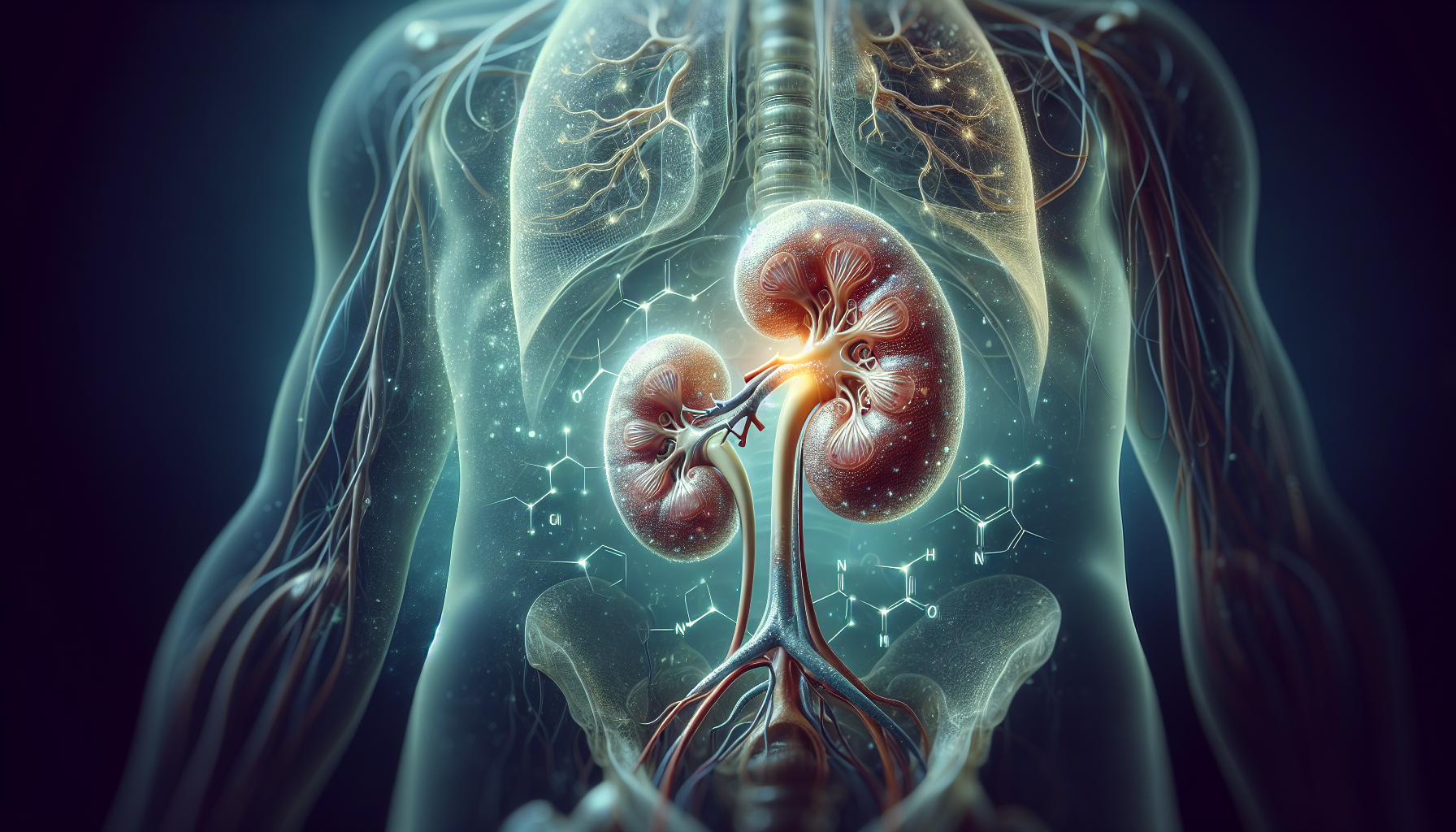New Test and Remote Monitoring Improve Hypertension in Diabetic Kidney Disease
Key Takeaways
- KidneyIntelX helps assess kidney function decline over five years.
- Remote monitoring and pharmacist interventions enhance patient outcomes.
- Significant improvements in blood pressure management were observed.
Did You Know?
Introduction to KidneyIntelX
A new blood test called KidneyIntelX is making waves in the management of diabetic kidney disease. This test uses machine learning and predictive biomarkers to assess the risk of kidney function decline over a five-year period. Developed for patients with type 2 diabetes and early-stage chronic kidney disease, KidneyIntelX helps identify those at greatest risk of progression to end-stage renal disease.
Study Highlights
Conducted by Dr. Catherine Liu and her team from the Mount Sinai Health System in New York, the study aimed to evaluate the impact of KidneyIntelX when used alongside a centralized telehealth clinical pharmacy program. Over a period from January 2022 to August 2023, 489 patients, classified as either intermediate or high risk by KidneyIntelX, participated in the study.
The patients, with a median age of 63 years where 56% were women and 29% identified as Black, were actively managed through telehealth visits across 62 clinics. The study focused on improvements in hypertension control and optimizing diabetes and renal protective medications.
Remote Patient Monitoring and Pharmacist Interventions
Clinical pharmacists played a crucial role in the study by providing interventions such as hypertension management and recommendations for optimizing medications remotely. These included angiotensin-converting enzyme inhibitors (ACEIs), angiotensin receptor blockers (ARBs), SGLT2 inhibitors, and glucagon-like peptide-1 receptor agonists (GLP-1RAs).
Before the KidneyIntelX test, only 50% of patients were on SGLT2 inhibitors or GLP-1RA therapy. Post-testing, this rose significantly to nearly 70% of patients. Additionally, 24% of high-risk patients and 17% of intermediate-risk patients received new or increased doses of ACEI/ARB prescriptions.
Improvement in Blood Pressure
One of the key findings was the improvement in blood pressure among the patients. A pharmacist-led hypertension remote patient monitoring program enrolled 250 patients. Over 12 months, the median systolic blood pressure decreased from 146 mm Hg to 132 mm Hg, and the median diastolic blood pressure dropped from 83 mm Hg to 78 mm Hg.
Implications for Healthcare Systems
The study’s outcomes support the integration of early-stage diabetic kidney disease management with digital health services. This approach helps healthcare providers prioritize and stratify patients who need the most care to prevent their progression to end-stage renal disease.
“Ideally, all of our patients would have perfect blood pressure and A1c levels,” said Dr. Liu. “However, we understand that some patients require more attention. Our goal is to identify and provide these higher-risk patients with the necessary care to manage their condition effectively.”
The successful implementation of KidneyIntelX in conjunction with remote patient monitoring and medication optimization can serve as a model for better managing diabetic kidney disease, offering a promising pathway to improved patient outcomes.





